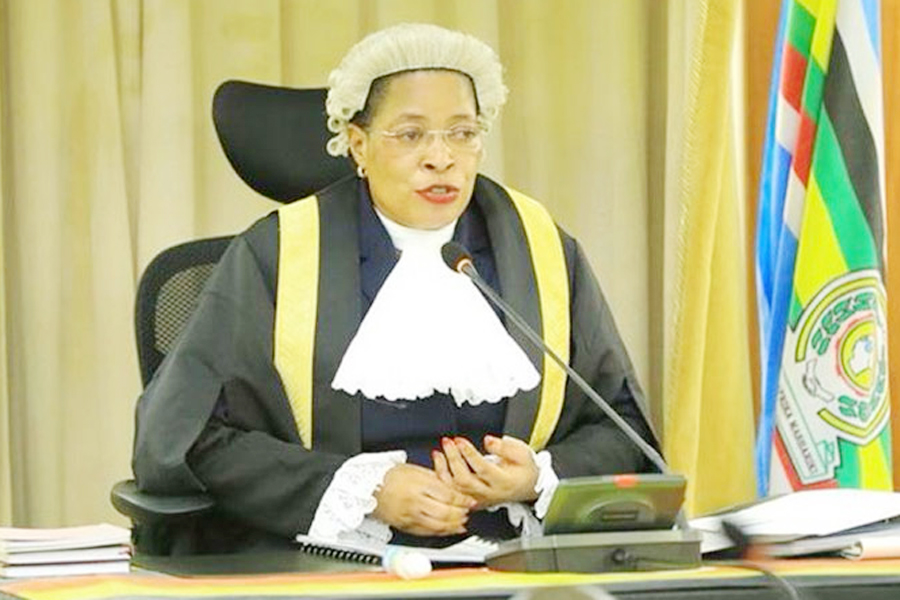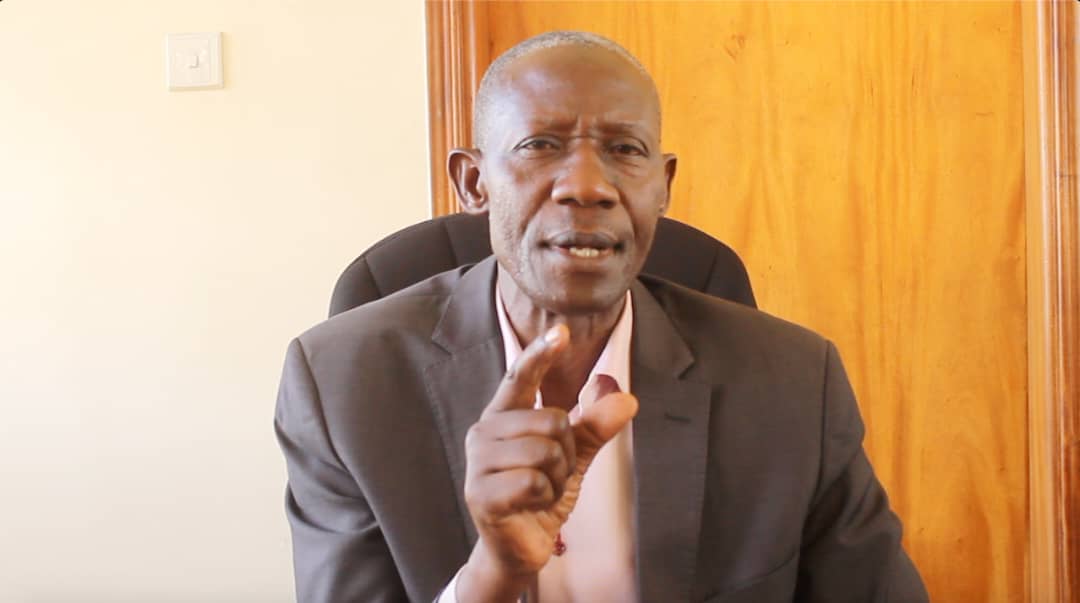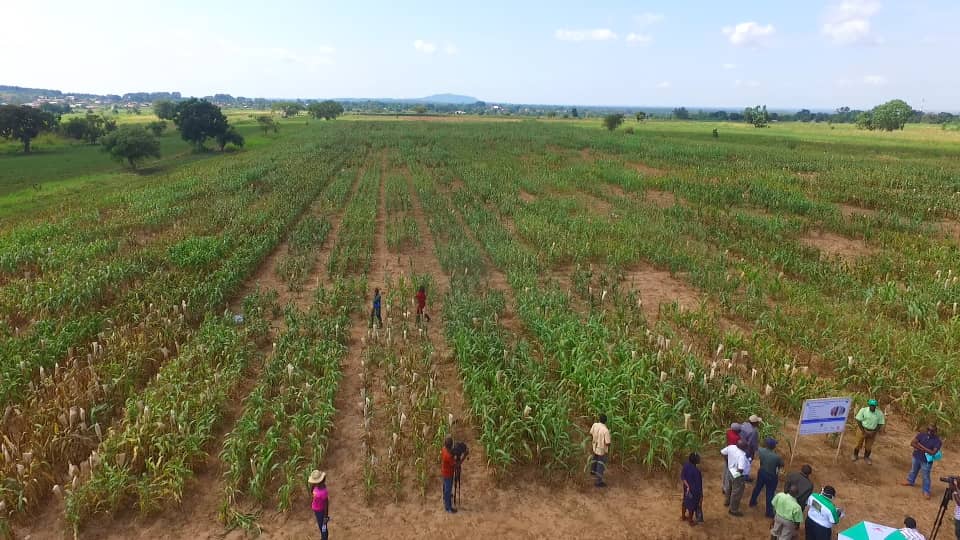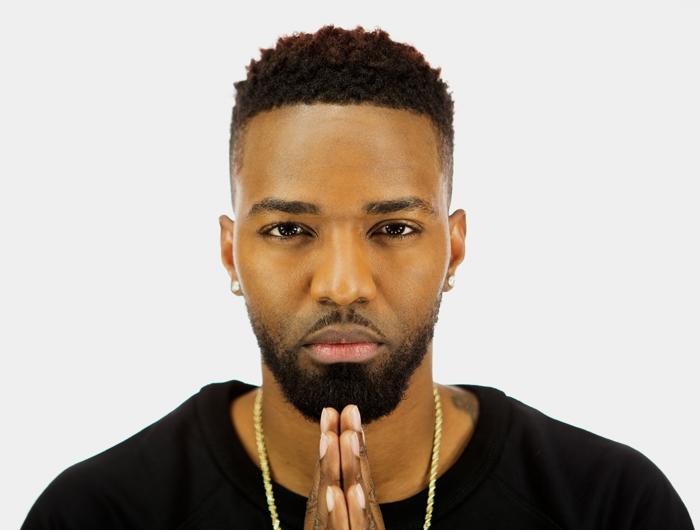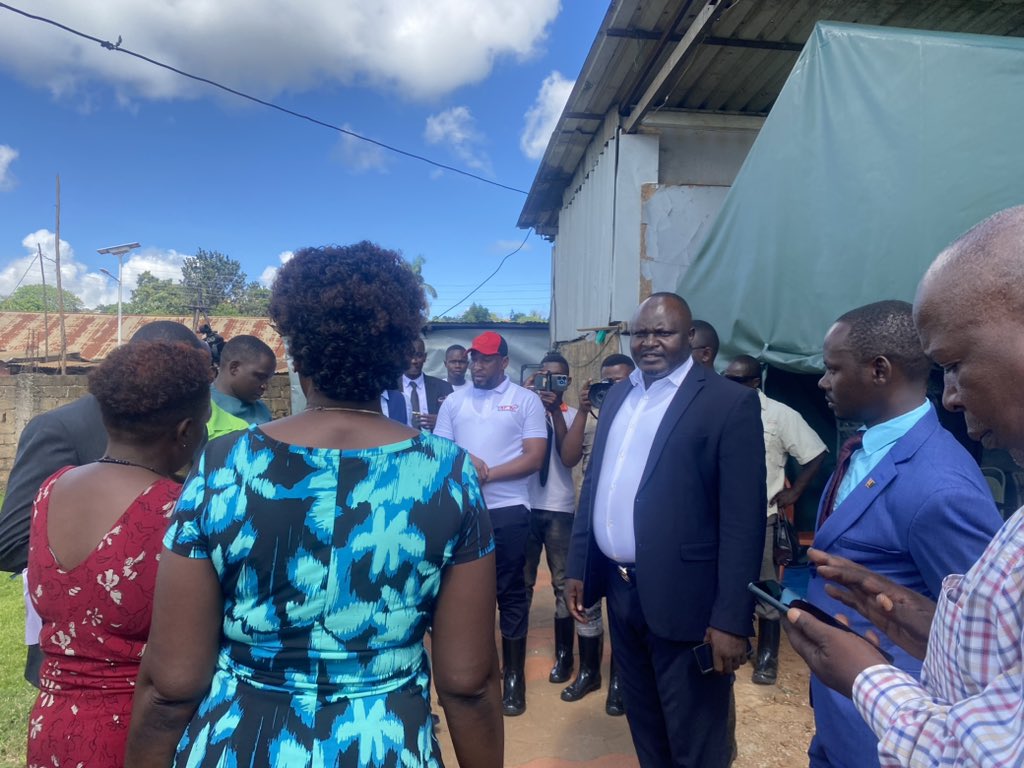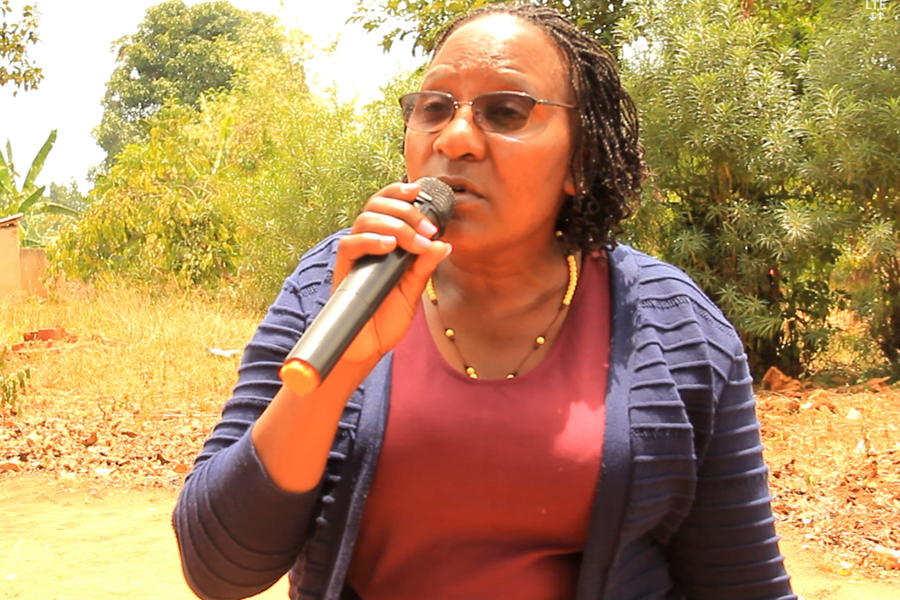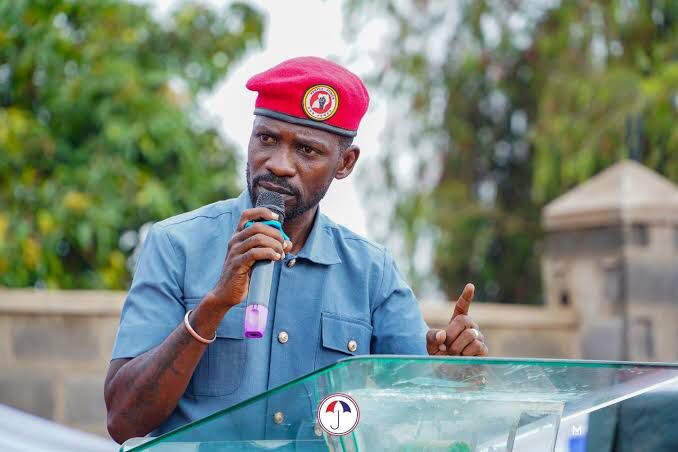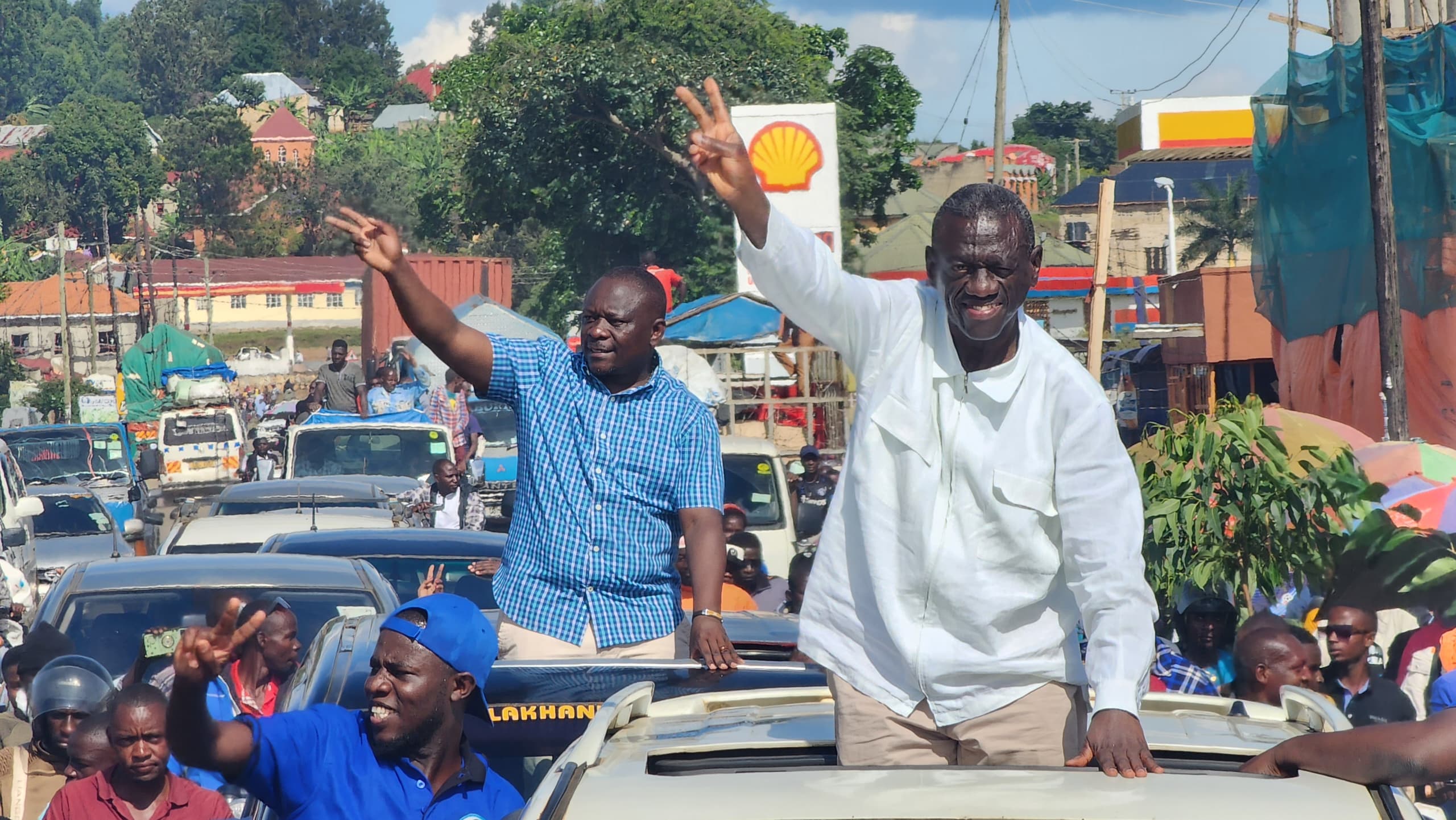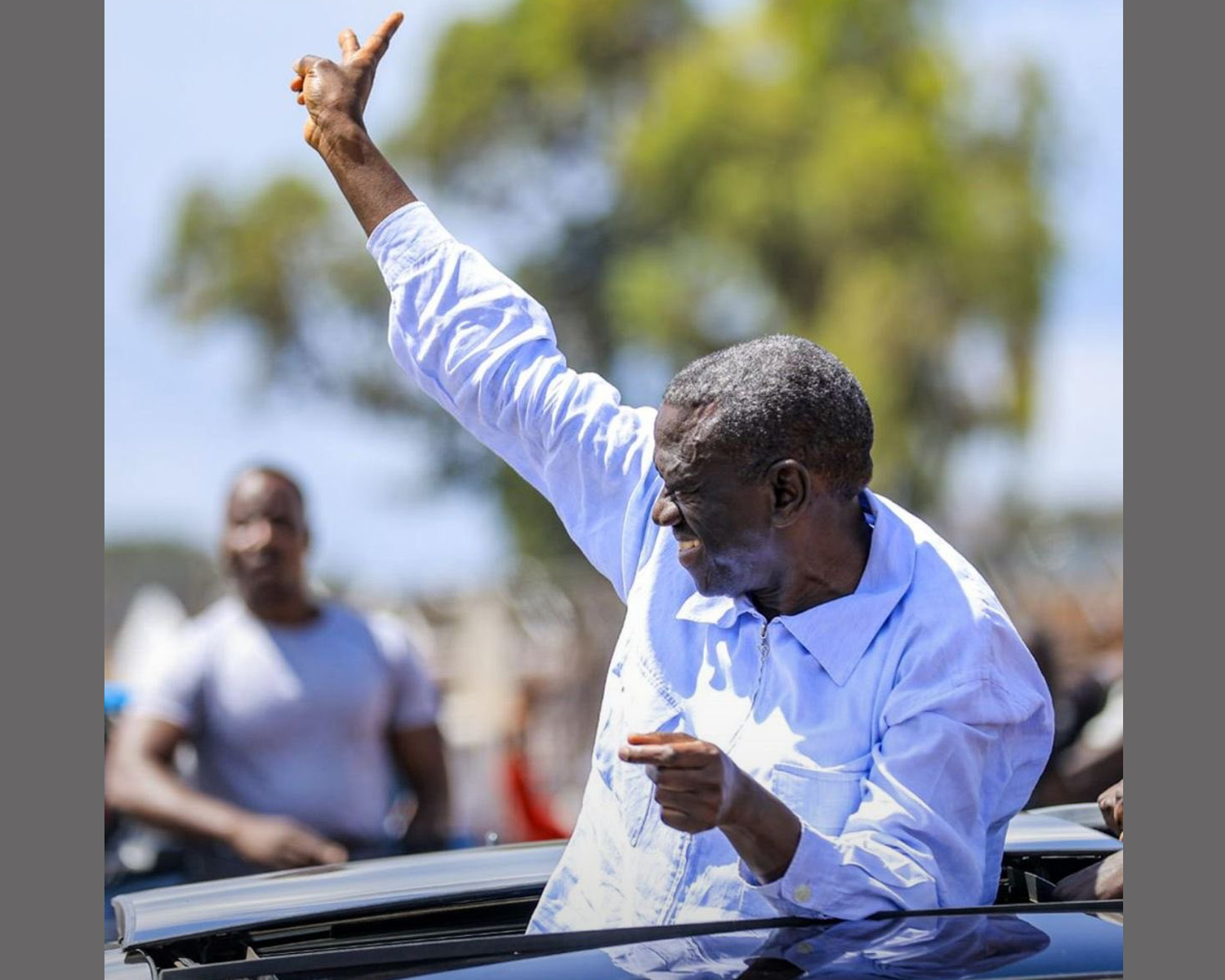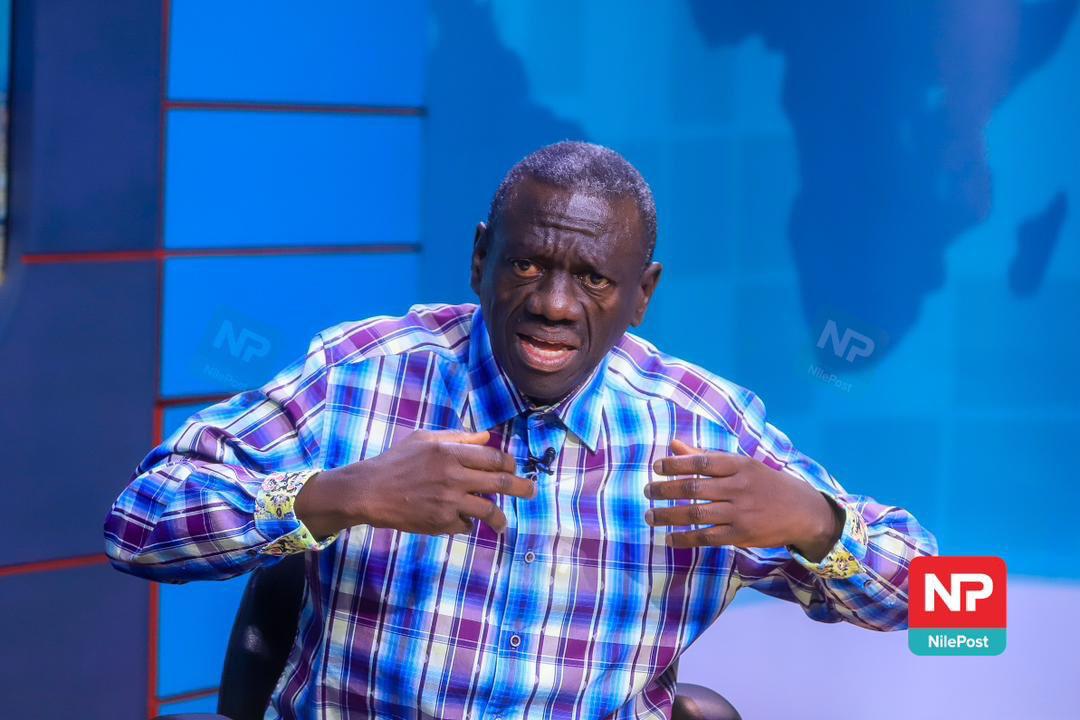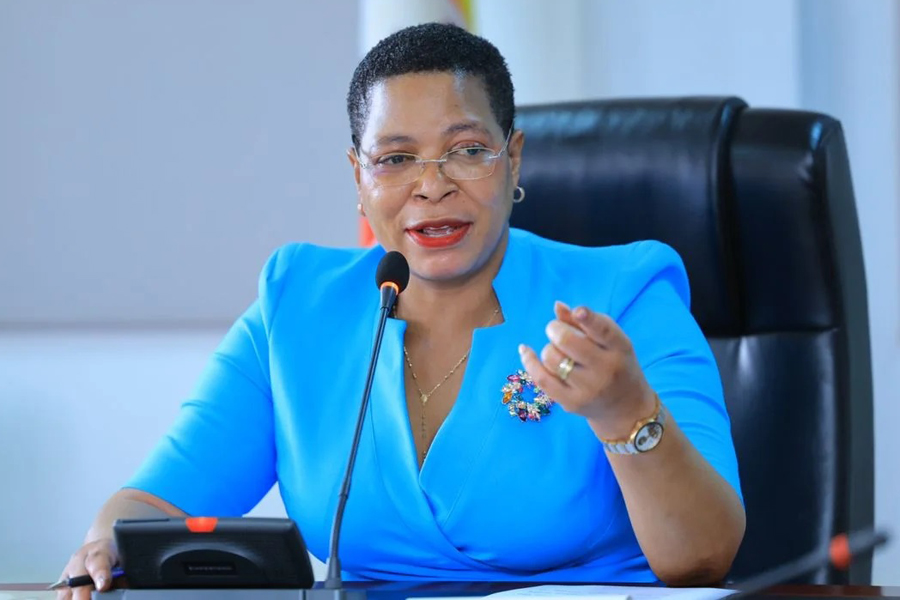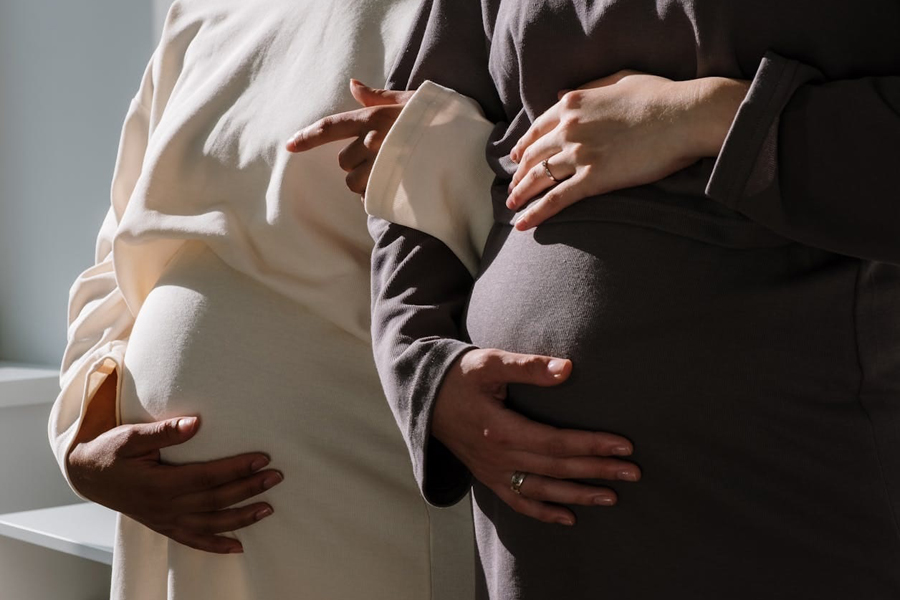Are We Seeing Part 2 of the Arab Spring?
Dramatic changes jolted the Arab world in 2019 after veteran Arab leaders in Algeria and Sudan were forced to step down amid widespread popular protests. Similar protests later erupted in Iraq and Lebanon, forcing forced prime ministers to step down and threatening to erode their strong ties to Iran. Meanwhile, in Libya and Yemen, turmoil continued unabated.
Observers are calling the 2019 movements the second wave of the Arab Spring which began in 2011, ousting rulers in Tunisia, Egypt and Libya, and igniting civil wars in Syria, Yemen, and Libya.
The new phase of the Arab Spring began in December 2018 with protests against veteran Sudanese leader Omar al Bashir, culminating with his ouster in June by Sudan's military.

In April, protests forced ailing Algerian President Abdelaziz Bouteflika to step down, foiling plans to have him run for a fifth term.
Protests in Algeria and Sudan were carried live on Arab TV causing a ripple effect elsewhere and stoking the fervor of a large youth population.
Efforts to spark a revolution in Egypt against President Abdel Fattah el-Sissi fizzled out quickly, however, despite efforts by a little-known businessman to accuse him of corruption.

Tunisia also saw change, with voters electing a new leader after ailing President Baji Caid Essebsi died in July. Tunisians chose an outsider after support for high profile candidates waned.
Khattar Abou Diab, who teaches at the University of Paris, told VOA that efforts to refashion the Middle East began under former U.S. President George W. Bush, before hitting a snag in 2011 when Islamists tried to hijack Arab Spring revolutions.
But, he said, protest movements in 2019 are more nationalistic and less ideological.

Pan-Arab protests spread to Iraq and Lebanon in October, as public ire focused on meddling by regional power-broker Iran and brutal behavior by pro-Iranian Shi'ite militias.
Dr. Paul Sullivan, a professor at the U.S. National Defense University, says "it is hard to tell where protests will lead (because they) are organic and fluid (and) even the leadership of them is (often) unclear."
Even Iranians, frustrated by the pain of U.S. economic sanctions, took to the streets in November, but the regime quickly regained control.


